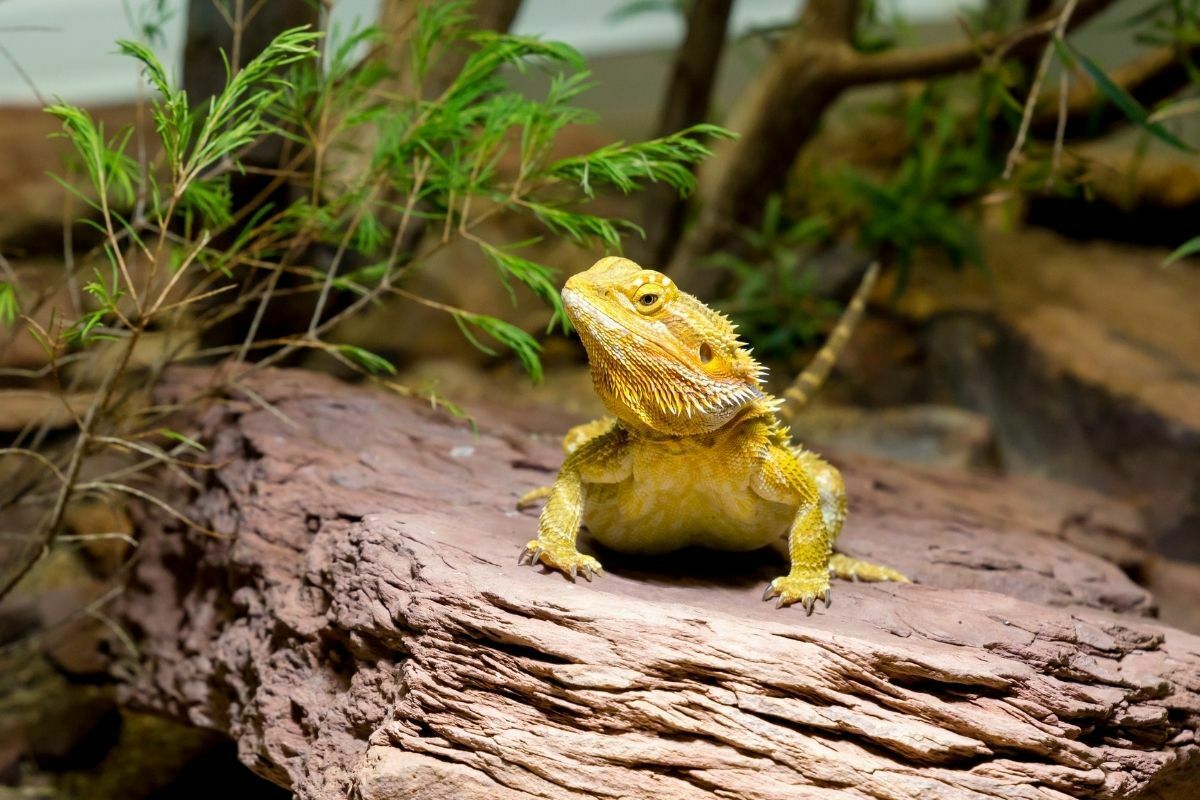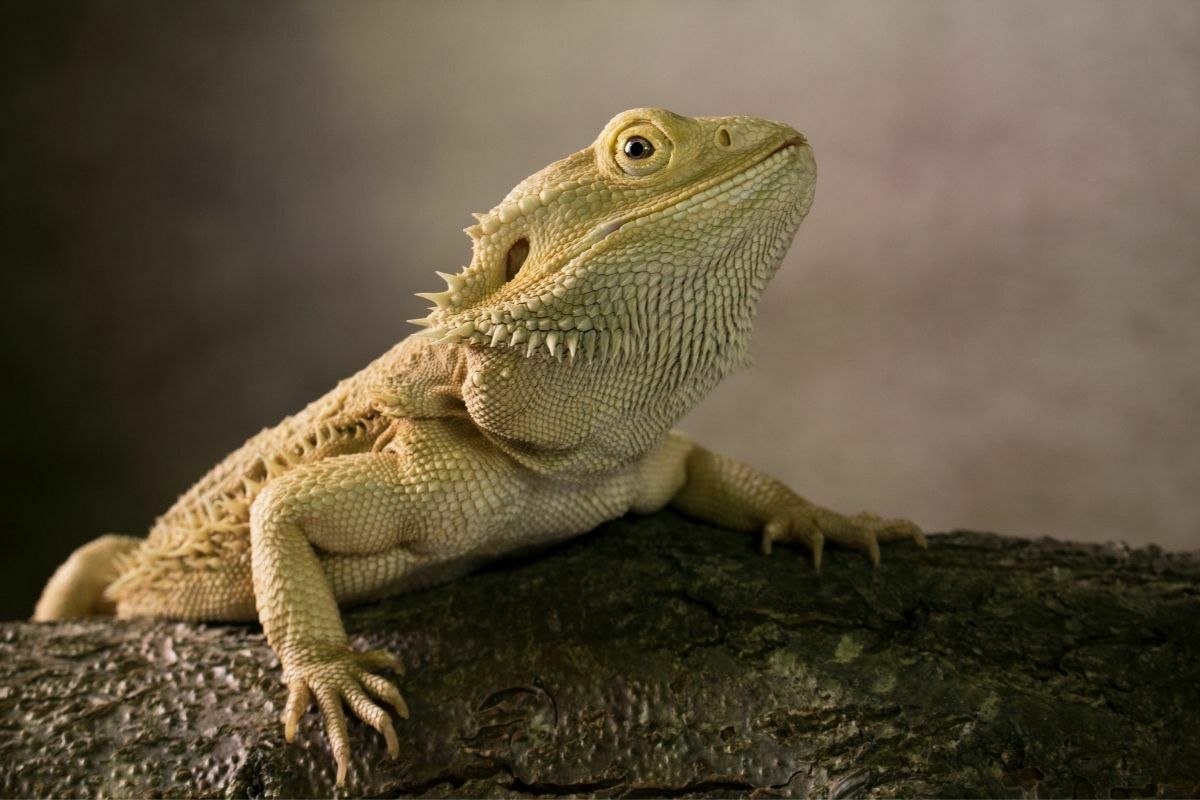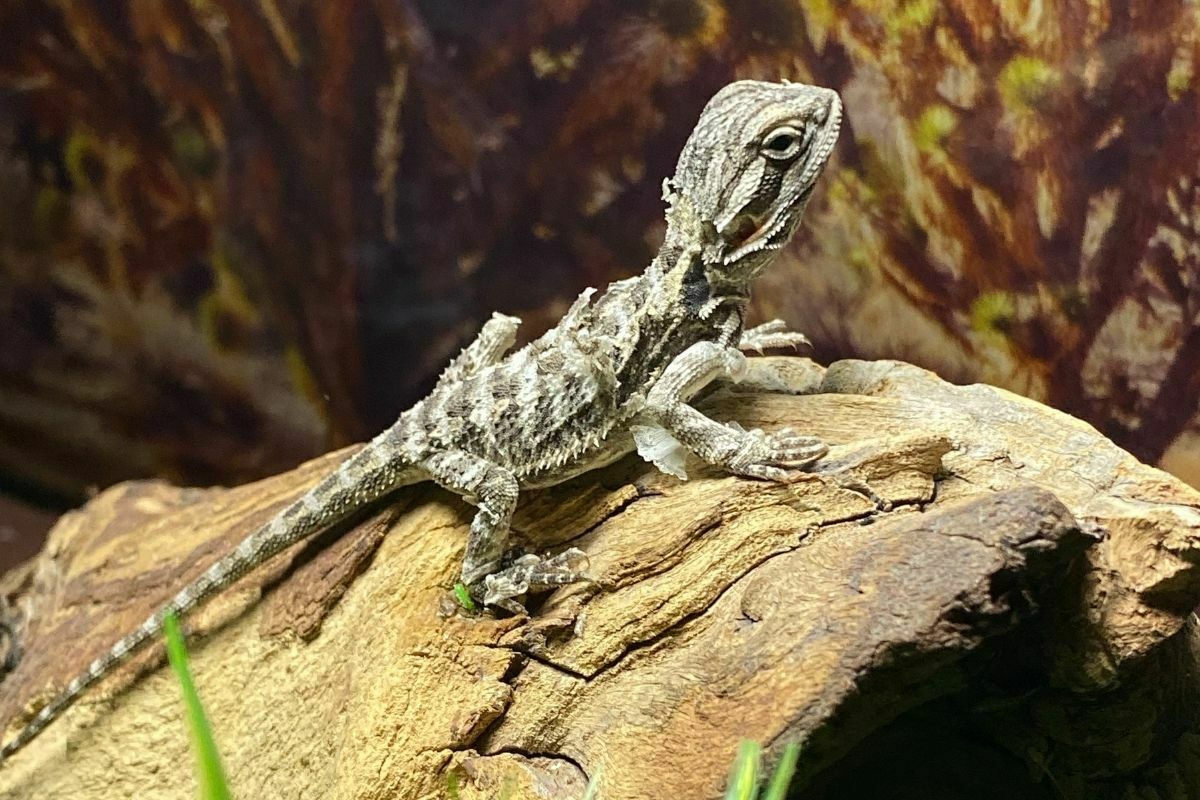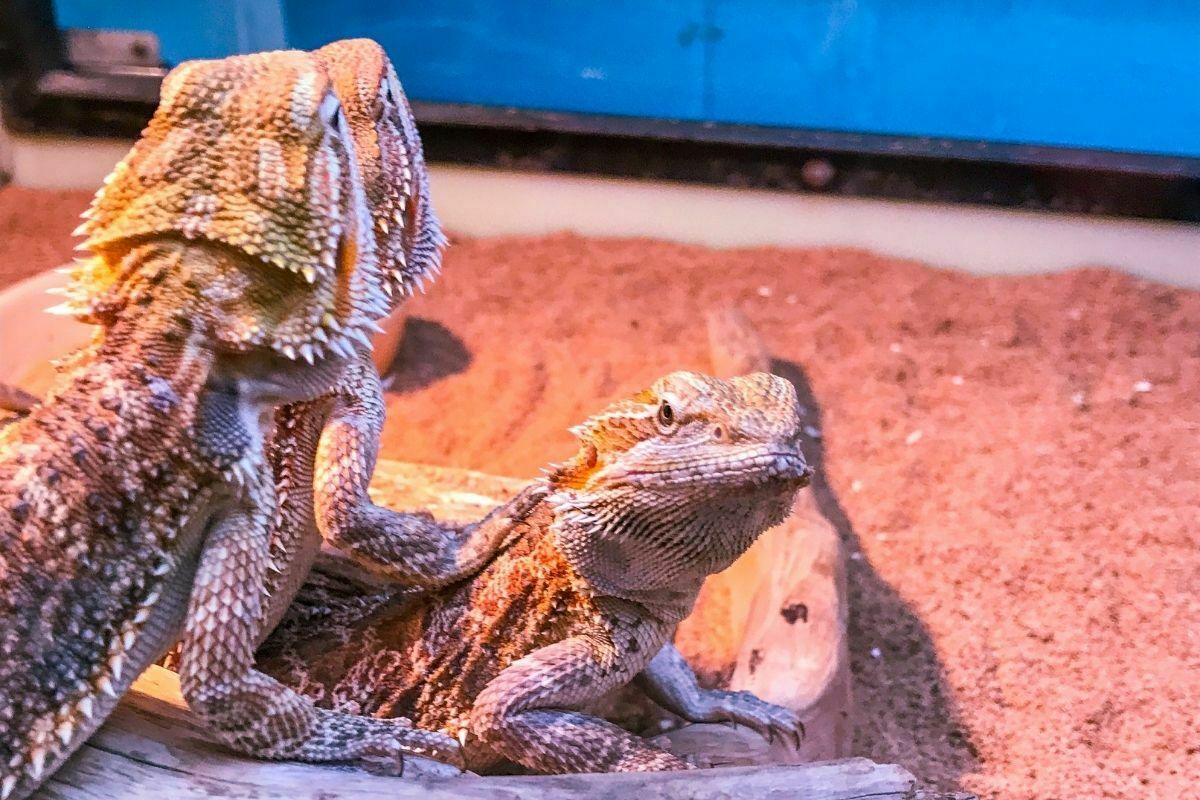Bearded dragons are reptiles native to Australia. They are very social animals and live in groups called colonies. The males tend to be larger than the females.

Bearded dragons are often kept as pets because they are docile and friendly. They eat insects and other invertebrates, fruit, vegetables, eggs, and occasionally meat.
They require a temperature range between 20°C (68°F) and 30°C (86°F). Humidity should be maintained at around 35%. If you want to provide them with a good environment, you’ll need to monitor their temperatures and humidity levels regularly.
This post will go into great detail about the humidity levels and how you can control them better for the bearded dragon. We will provide you with lots of information on how you can monitor this and check that everything is okay.
The Basic Humidity Level Where Bearded Dragons Thrive
Bearded Dragons are native to the wild, arid outback region in Australia. Their natural habitat includes areas with high temperatures and moderate humidity.
Keeping your bearded dragon’s tank close to the natural temperature and humidity ranges helps keep them healthy. As such, bearded dragons need constant, mild humidity to stay healthy.
Glass aquariums trap moisture inside the tank, causing a rise in humidity. This could cause problems for your bearded dragon.
Avoid using glass aquariums with a clear top, as this increases the amount of water trapped within the tank. Use a terrarium instead.
Relative humidity levels should be kept between 30 and 40% to guarantee that your bearded dragon’s habitat closely resembles its native environment.
Anything beyond 60% is absolutely out of the question.
Bearded Dragons: Why Do They Need Humidity?

When the humidity level is too high or low, your pet may suffer health issues, which is why monitoring your bearded dragon and the humidity of their enclosure is critical.
Before bringing your pet bearded dragon into your house, you should get a digital hygrometer. This device is used to measure the moisture content of the air. You need this information because it helps you know how humid the environment is inside your house.
You’ll typically have two different types to choose from Psychrometer and a mechanical hygrometer.
Consequences Of Too Little Humidity
Fail to provide enough humidity for your bearded dragon, and it will eventually experience trouble shedding.
Shedding is the discarding of the top layer of skin, and the humidity makes this intensive process a little easier for your pet dragon. The moisture saturates the old skin, softening it, so your bearded dragon can step out without too much trouble.
It’s, for this reason, people will bathe their bearded dragon from time to time, but as long as there’s enough moisture in the air, you should rarely have to do this.
Consequences Of Too Much Humidity
Bearded dragons need humidity levels similar to those found in nature. High humidity levels can cause respiratory problems such as sinusitis and pneumonia. Keeping your bearded dragon’s environment humidified helps prevent respiratory illnesses.
Bearded dragons love moderate humidity levels! Keeping the humidity levels stable is very important to bearded dragons. There are many ways to control humidity levels in a bearded dragon tank.
Measuring Humidity: Psychrometer And Hygrometers
Hygrometers measure humidity by comparing the temperature difference between two different environments. A wet-bulb hygrometer measures the change in temperature caused by water vapor in the atmosphere. In this case, the wet bulb is placed at the back center of the tank.
Then, simply take a few readings, adjusting as you go, until you reach that 30–40% sweet spot. You can then introduce your bearded dragon to its new home.
How Do You Increase Humidity Levels In A Bearded Dragon Tank?

Hygrometers are useful tools for keeping track of water conditions inside your tank. You can use them to determine if your tank needs more or less moisture.
Water can be purposely placed near a heat source to help elevate humidity, just as it can be placed in cooler sections of the tank to help lower it. This relatively simple fix can be implemented in a matter of minutes.
It’ll be worth it if you have to shuffle the decorations around in the cage.
Pro guidance: You may need to experiment with the best location for the water dish with respect to the light and heat sources. To make things work, you may need to experiment with alternative light arrangements.
When the humidity level in your small pet’s tank is too low, sprinkle the tank walls more regularly. This will not only raise the humidity level in the space quickly, but it will also make your small companion happy!
Dragons in the wild will seek out areas with higher humidity levels, and they’re frequently seen basking near water sources as temperatures rise and humidity levels drop to replenish moisture lost.
Is Misting A Good Way To Boost Humidity?
While misting can help bring the humidity level up in the tank, it’s not the best way to go about it, as it can aggravate your bearded dragon and make them ill.
Besides, if you’re fighting against plummeting humidity levels, you’ll need to mist constantly to keep them up, which isn’t practical.
Substrates Are Important
Substrates such as bark and coconut help retain water and cause an increase in relative humidity.
This sounds like just what the doctor ordered, but these substrates should be avoided, as they can raise the humidity level far too high. A switch should always be considered if high humidity problems occur regularly.
Can Plants Help?
When compared to the surrounding environment, many plants naturally produce more moisture in the air. As a result, adding plants to your tank can significantly increase humidity levels.
This is a simple solution that requires little time, effort, or money. Plants that can easily be transferred from one tank area to another are great. You can also sprinkle water on the plants directly because they will absorb a lot of moisture.
The only issue is that it can be tricky finding desert plants that thrive in the same humidity levels as the bearded dragon.
How Do You Reduce The Humidity Levels In A Bearded Dragon Tank?

Tanks should have a cooler side and a warmer side. Humidity levels can be kept low by moving the water bowl away from heat sources.
Don’t use a very big bowl because it may release too much moisture into the air. Increase the temperature of the basked lightbulb to reduce the amount of humidity in the room.
You could also try replacing any wet substrate with a dry one. Many try to dehydrate moist substrate through various methods, but it’s best to simply buy some new substrate.
Frequently Asked Questions
Should I Kit My Bearded Dragon’s Tank Out With A Humid Hide?
Although bearded dragons like some humidity, they do not require a humid hide in their enclosure, so that you can give it a miss.
Should I Get A Humidifier For My Bearded Dragon Tank?
A humidifier would be overkill in a bearded dragon tank. It’s best to stick to the methods discussed above.
Is 50% Humidity Too High For A Bearded Dragon?
50% humidity is indeed a little too high for bearded dragons. It might not cause issues immediately, but over sustained periods, it could lead to illness. Stick to 30 to 40% humidity, and your dragon will live a happy, healthy life.
Summary
Bearded dragons need to stay moist. You should monitor their humidity level every day and adjust it accordingly. A digital hygrometer is an easy way to do this. It comes with a probe that allows you to see exactly what your bearded dragon’s humidity level is.
It also includes a battery and a simple LCD that easily reads your bearded dragon’s humidity levels. Your best available digital hygrometer is available on Amazon right here.
